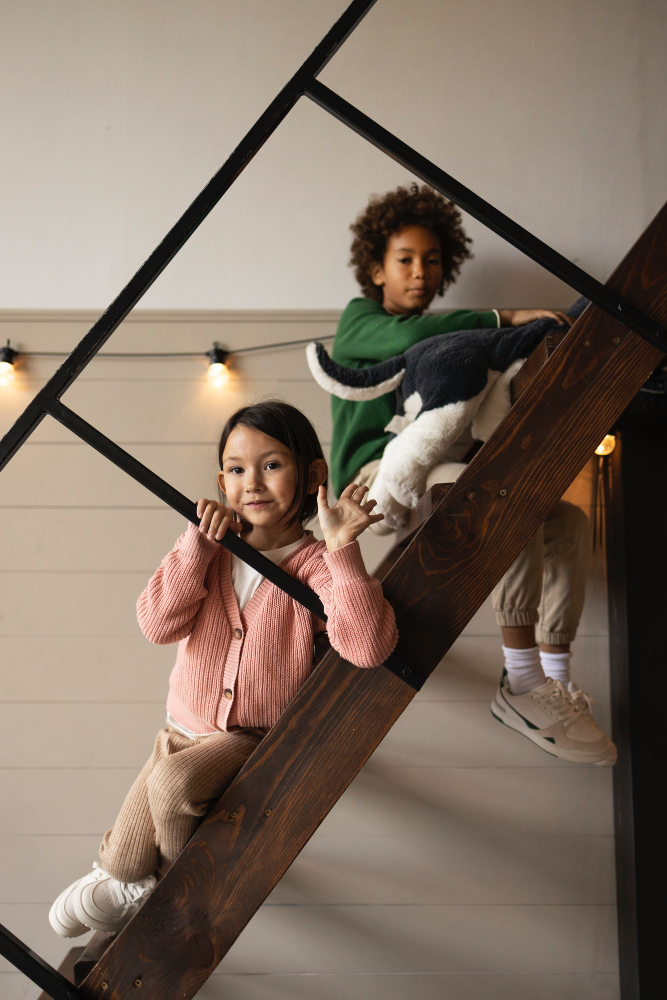Normalisation—the quiet embedding of harm as routine—pervades British Columbia’s education system when oversized caseloads, unpaid labour and constant advocacy become accepted as “just the way it is.” Teachers report escalating workloads that stretch beyond capacity, while systemic neglect is reframed as inevitable, entrenching barriers to inclusion and well-being rather than challenging them. bctf.cav icnews.com
Recognizing normalisation tactics
Oversized caseloads are routinely accepted in special education, with many resource teachers managing upwards of forty individual education plans simultaneously, far exceeding recommended levels; these unmanageable ratios go unaddressed as administrators normalise crisis-management over proactive supports. meanwhile, the special education policy manual first published in 1995 remains largely unchanged, perpetuating outdated procedures and leaving educators to improvise workarounds rather than receiving clear, updated guidance www2.gov.bc.ca bctf.ca.
The cost of normalisation
When chronic overload is deemed normal, both students and staff bear the toll: teachers face burnout and attrition, reducing consistency for learners, while students endure delayed interventions, increased exclusionary practices and diminished access to necessary supports. a 2024 union survey found that 78 percent of BC teachers experienced increased stress due to resource shortages, directly impacting their ability to meet diverse student needs vicnews.combctf.ca. likewise, the representative for children and youth’s 2017 “room for improvement” report observed that children in care suffer persistent educational inequities, exacerbated when the system settles into a cycle of reactive rather than preventive action bchumanrights.ca.
Strategies to counter normalisation
- establish statutory caseload caps
revise the inclusive education services policy manual to codify maximum caseload ratios—such as no more than 20 IEPs per resource teacher—ensuring that districts cannot normalise unattainable workloads www2.gov.bc.ca. - mandate transparent service dashboards
require boards of education to publish real-time data on service requests, caseloads and support implementation metrics on public websites, enabling families and advocates to track when systemic burdens are being normalised rather than resolved. - enforce minimum staffing through collective agreements
leverage collective bargaining to secure guaranteed staffing ratios for educational assistants, specialist teachers and therapists, embedding these minima in district-level agreements so that under-resourcing cannot be written off as routine bcpsea.bc.ca. - embed the duty to accommodate as proactive policy
under section 8 of the BC Human Rights Code, institutions have a legal obligation to remove barriers rather than expect individuals to tolerate dysfunction; policymakers should enshrine a proactive duty to inquire and act before systemic pressures become normalised burdens pressbooks.bccampus.ca. - mobilise lived-experience co-development
create regular co-development fora that bring together students, families, educators and policymakers to review and revise operational norms—transforming unpaid advocacy into funded, collaborative policy design where normalisation is exposed and repudiated.
Conclusion
expose: what we normalise, we legitimise. by refusing to accept oversized caseloads, unpaid labour and endless advocacy as routine, and by embedding enforceable caps, transparent accountability and rights-based duties into policy, British Columbia can dismantle the quiet mechanisms that perpetuate harm and ensure that inclusion and well-being are the norm rather than the exception.
-
This broke me: a parent’s experience of school advocacy
Parenting is not a monolith. Neither is disability. Every family walks a different path, shaped by bodies, resources, identities, and institutions. This piece reflects one perspective—mine—as a disabled parent navigating systemic harm, health collapse, and the fierce love that remains. It is not…












